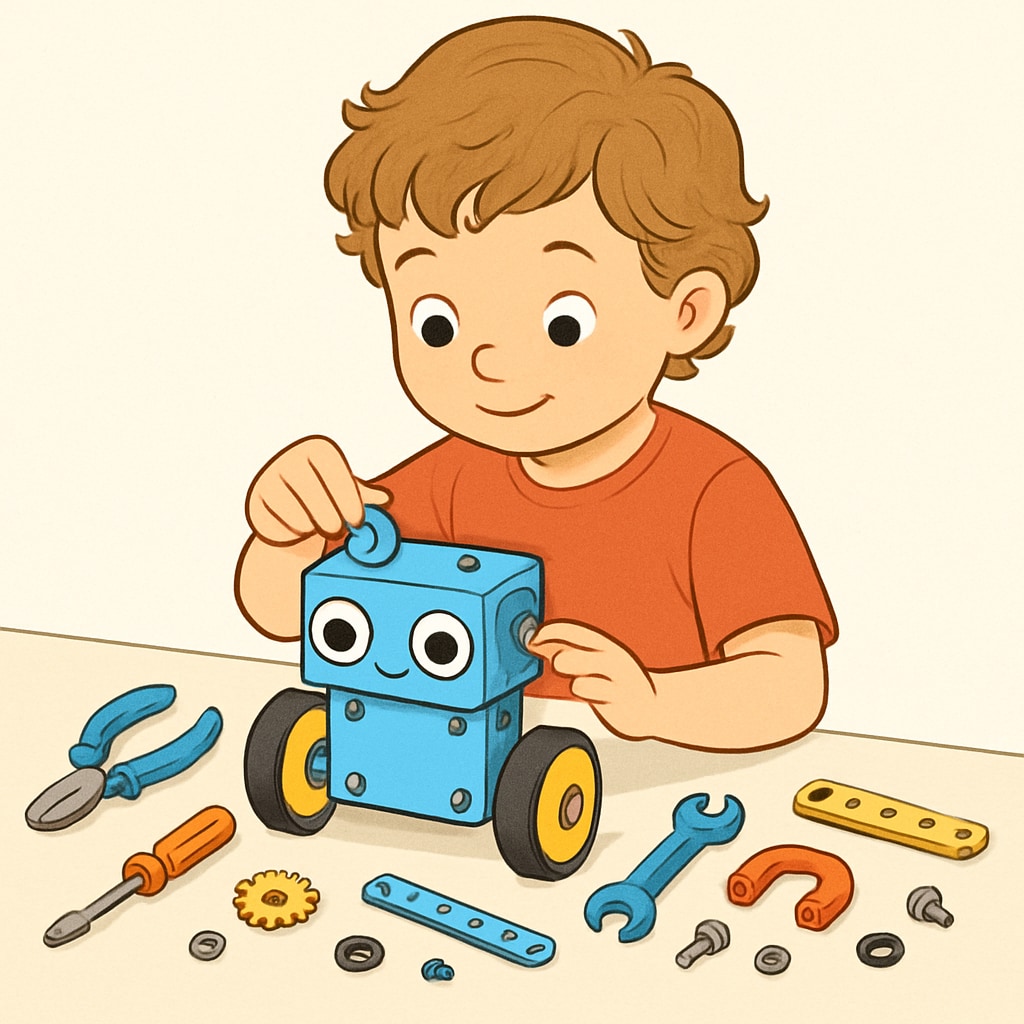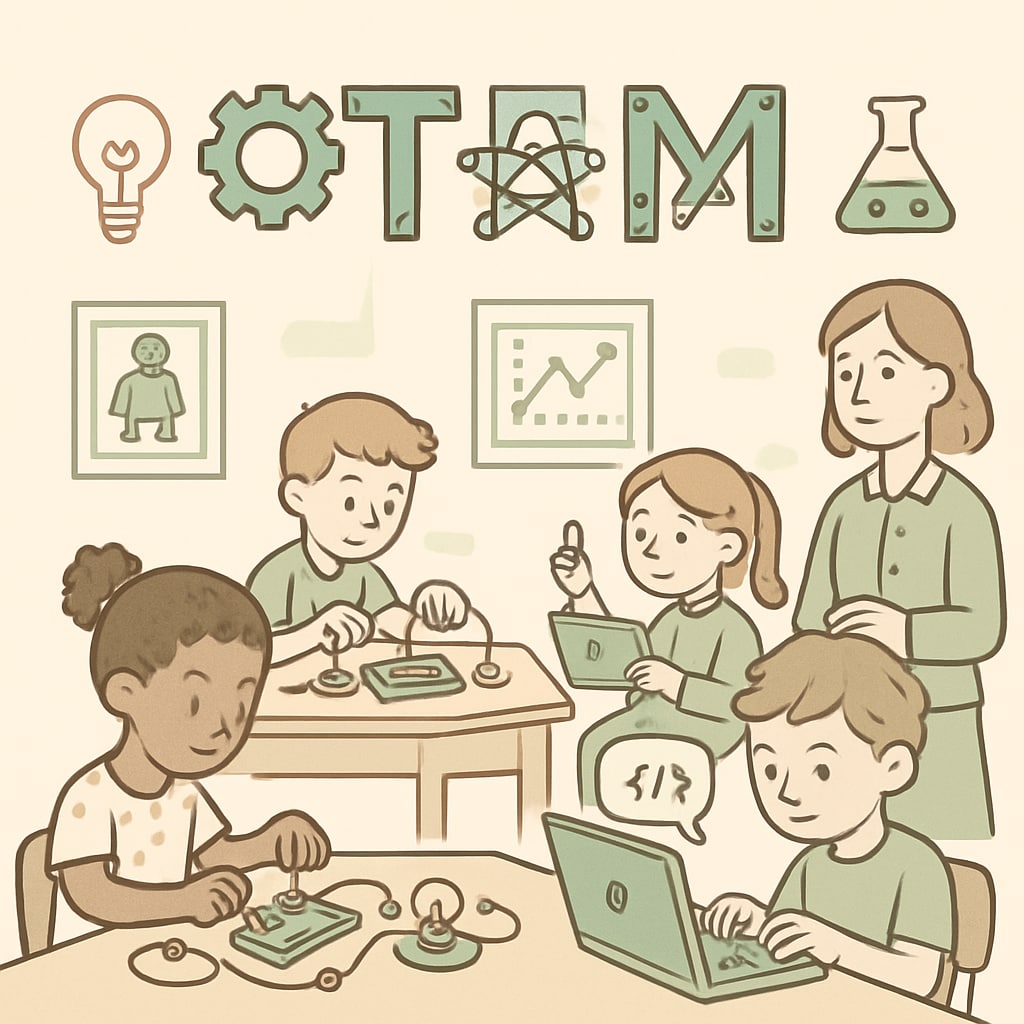Early education, creativity cultivation, and alternative education play critical roles in shaping young minds, especially for children with unique talents and passions. For parents of a 4-year-old boy who shows an exceptional interest in robotics, circuits, and hands-on projects, the question isn’t just about finding a school—it’s about finding an environment that fosters his creativity while laying a strong foundation for lifelong learning. This article highlights how to strike the right balance between nurturing his innovative abilities and meeting early education needs.
Recognizing the Needs of a Creative, Hands-On Learner
Children who exhibit strong creative tendencies and hands-on skills often thrive in environments that encourage exploration and experimentation. Traditional classrooms, with their rigid curriculums and structured activities, may not always cater to these dynamic learning styles. For example, a child fascinated by robotics might find more value in tinkering with a robot’s mechanics than sitting through rote memorization exercises.
According to constructivist learning theory, children learn best through active engagement and discovery. This approach aligns perfectly with the needs of hands-on learners who benefit from problem-solving and experimentation. Therefore, parents should seek out educational environments that emphasize project-based learning and STEM (Science, Technology, Engineering, Mathematics) activities.

Alternative Education Options for Young Innovators
Alternative education models, such as Montessori, Reggio Emilia, or STEM-focused programs, offer flexible and creative learning approaches ideal for children with unique talents. Montessori education, for instance, emphasizes self-directed learning and provides opportunities for children to work on hands-on projects at their own pace. Similarly, the Reggio Emilia approach encourages exploration and creativity through collaborative, project-based learning environments.
In addition to these traditional alternatives, many parents are turning to niche programs designed for young makers. Robotics camps, coding workshops for kids, and DIY maker spaces are becoming increasingly popular. These programs not only nurture technical skills but also instill confidence and independence in young learners.
For parents seeking online resources, platforms like Britannica Robotics offer age-appropriate materials to inspire budding engineers and inventors.

Balancing Creativity and Foundational Education
While fostering creativity is vital, it’s essential not to overlook foundational education. Literacy, numeracy, and social skills form the backbone of academic success and should be integrated into any specialized program. Parents can look for hybrid models that combine creative freedom with structured learning. For instance, STEM-based programs often weave math and science principles into engaging projects, ensuring a balanced approach.
Additionally, fostering emotional intelligence is crucial. Collaborative activities, group projects, and peer discussions help develop interpersonal skills, preparing young learners for future academic and social challenges.
Tips for Parents Navigating Educational Choices
Choosing the right educational path for a creative, hands-on learner can be daunting. Here are some tips to make the process easier:
- Observe your child’s interests: Pay attention to what excites your child—whether it’s building, coding, or experimenting.
- Research alternative programs: Investigate Montessori, STEM-focused, or specialized maker programs that align with your child’s talents.
- Visit schools and workshops: Tour facilities to see how they encourage creativity and hands-on learning.
- Blend education types: Consider hybrid models that integrate foundational subjects with creative exploration.
- Support at home: Provide tools and resources—like robotics kits or coding tablets—that nurture your child’s interests outside the classroom.
By prioritizing environments that respect your child’s unique learning style, you can help them unlock their full potential while ensuring they receive a well-rounded education.
In conclusion, early education, creativity cultivation, and alternative education can work together to shape dynamic learning experiences for young innovators. With thoughtful planning and research, parents can create an educational pathway that nurtures creativity, builds foundational skills, and inspires lifelong learning.
Readability guidance: This article uses clear headings, concise paragraphs, and lists to ensure easy navigation. Overuse of technical terms is avoided, and transitions enhance flow (e.g., however, therefore, in addition).


